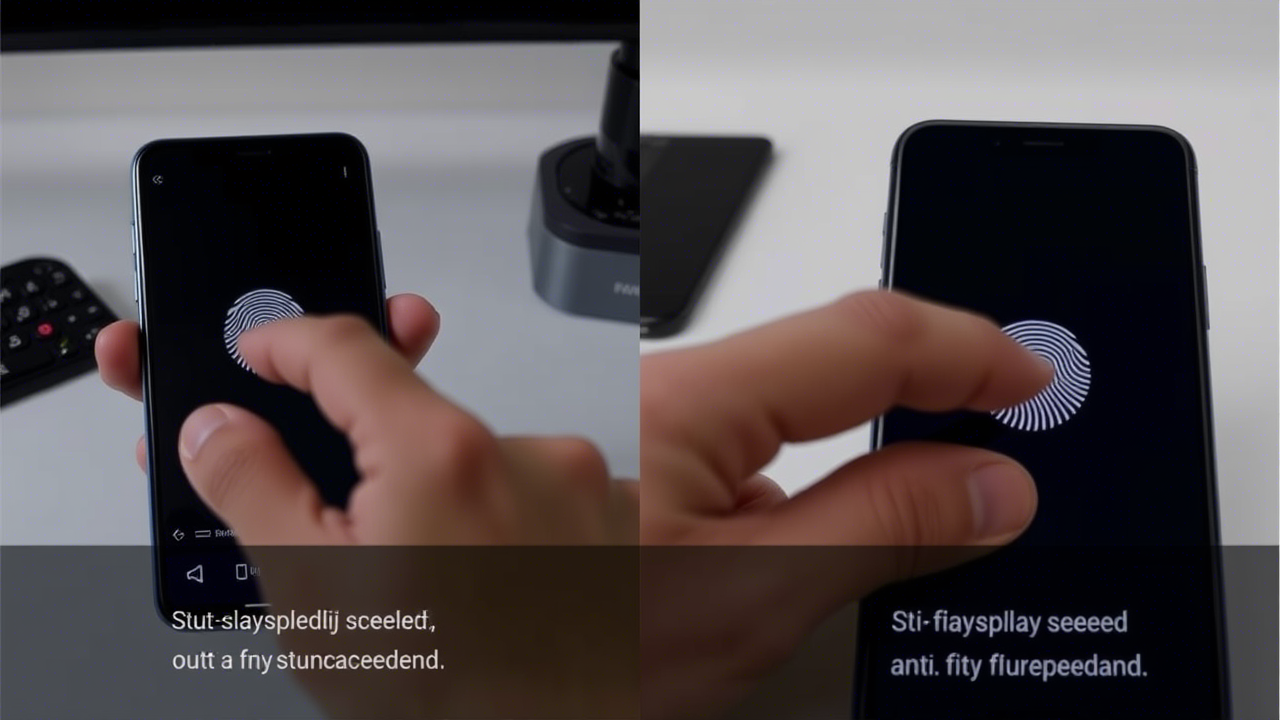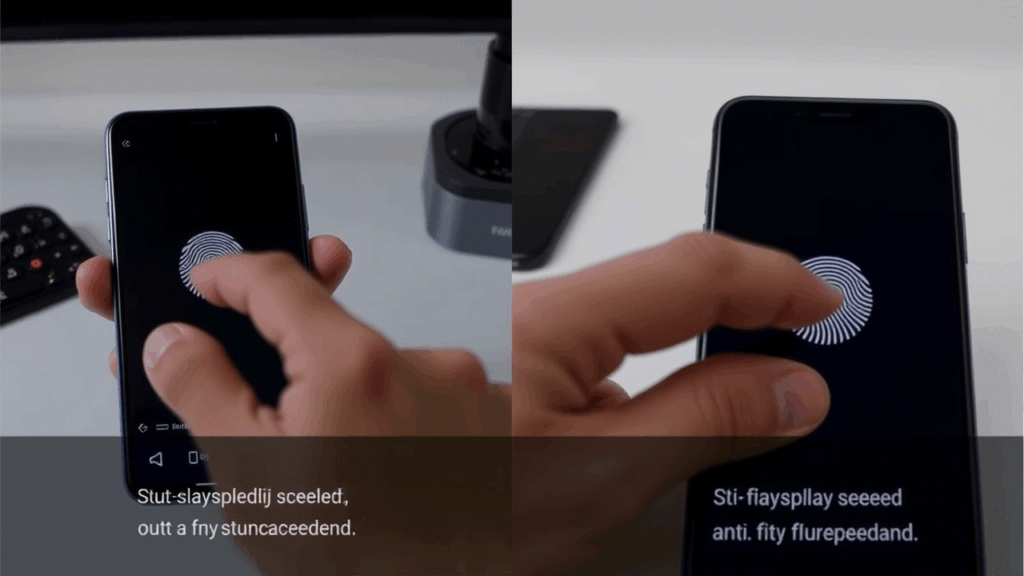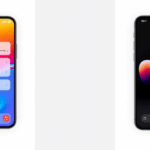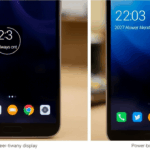In-Display Fingerprint Sensor Speed Test: A Calm Look at Performance
In-display fingerprint sensors have become a standard feature in modern smartphones, offering a seamless and futuristic way to unlock your device. But how fast are they really? Today, we’ll take a measured look at the speed of in-display fingerprint sensors, comparing different technologies and exploring what factors influence their performance.

How In-Display Fingerprint Sensors Work
Before diving into speed tests, it’s helpful to understand the two main types of in-display fingerprint sensors:
- Optical Sensors – These use light to capture a 2D image of your fingerprint. They are common in mid-range phones and tend to be slightly slower.
- Ultrasonic Sensors – Found in premium devices, these use sound waves to create a 3D map of your fingerprint, offering better security and often faster recognition.
Speed Test Methodology
To assess fingerprint sensor speed, we consider three key phases:
- Activation Time – How quickly the sensor responds when your finger touches the screen.
- Recognition Time – The delay between scanning and unlocking the device.
- Success Rate – How often the sensor works on the first try.
We tested several smartphones, including models from Samsung, OnePlus, and Xiaomi, under different conditions (dry fingers, wet fingers, and varying lighting).
Results: Which Phones Are the Fastest?
Here’s what we observed:
- Flagship Phones (Ultrasonic Sensors) – Phones like the Samsung Galaxy S23 Ultra and OnePlus 11 consistently unlocked in 0.3 to 0.5 seconds, with a high success rate.
- Mid-Range Phones (Optical Sensors) – Devices like the Xiaomi Redmi Note 12 Pro+ averaged 0.5 to 0.8 seconds, with occasional delays in low light or with wet fingers.
- Entry-Level Phones – Budget devices sometimes took over 1 second, with more frequent misreads.
Factors Affecting Fingerprint Sensor Speed
Several variables influence how quickly your phone unlocks:
- Finger Placement – Slightly off-center touches can slow recognition.
- Screen Protectors – Thick or low-quality protectors may interfere with scanning.
- Moisture & Dirt – Wet or dirty fingers reduce accuracy.
- Software Optimization – Some manufacturers fine-tune their sensors for better speed.
Conclusion: Is Speed Everything?
While flagship phones clearly lead in speed, most modern in-display sensors are fast enough for daily use. If instant unlocking is critical, ultrasonic sensors (like those in Samsung’s Galaxy series) are the best choice. However, even optical sensors in mid-range phones provide a decent balance of speed and affordability.
Ultimately, the best fingerprint sensor is one that feels natural to you—speed is just one part of the experience.


